Cockney‑Yiddish: how two languages influenced each other in London’s East End
In London’s late 19th and early 20th century East End, Jewish immigrants speaking Yiddish and Cockney-speaking locals shared more than geography—they shared language. Around theatres, pubs, and marketplaces, Yiddish songs, slang, and rhythms crept into Cockney speech, while Cockney expressions also peppered Yiddish publications and performances.
Songsheets from that era reference “poteytes un gefrayte fish,” a playful Yiddish twist on “fish and chips,” signaling a culinary-lexical crossover. Meanwhile, Yiddish protest songs—like those by socialist poet Morris Winchevsky—echoed across picket lines, blending Yiddish verse with English street energy.
Over time, linguistic borrowing became institutionalized: Cockney speech absorbed words like “kosher” and “shtum,” while Yiddish texts adopted colloquial English turns. This fusion, later called “Cockney‑Yiddish,” reshaped both languages in one of London’s most culturally vibrant districts.
Read Original Article: The Conversation
Image credit - Dave Skye Sochachewsky
